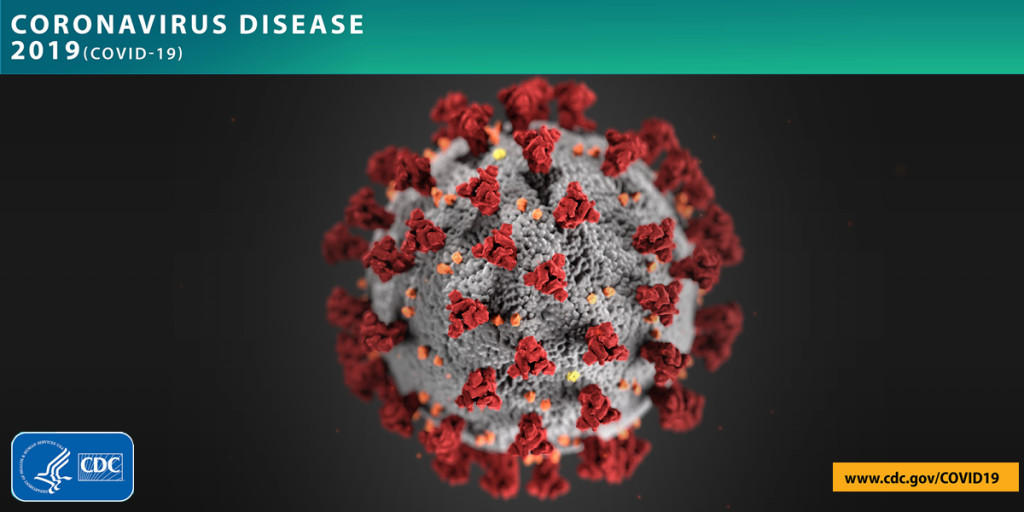State pauses use of Johnson and Johnson vaccine

COVID-19 cases continue to rise in San Luis Valley
SAN LUIS VALLEY — Because vaccine safety is a top priority in our region and in Colorado, local providers are following instructions from CDPHE and CDC to temporarily pause use of Johnson and Johnson (Janssen) vaccine. More than 6.8 million doses of the Janssen vaccine have been administered in the United States. The Centers for Disease Control and the Federal Drug Administration announced that there have been 6 instances of an uncommon type of blood clot in people who received the Janssen vaccine. This type of blood clot requires a specific kind of treatment, and part of the reason for pausing the use of this vaccine is to make sure that healthcare providers understand how to recognize and treat these potential but rare occurrences.
Anyone who received the Johnson & Johnson (Janssen) vaccine within the last three weeks and who develops severe headache, abdominal pain, leg pain, or shortness of breath should contact their health care provider. Individuals who received the Johnson & Johnson (Janssen) vaccine more than a month ago are at very low risk of serious side effects.
As of Monday, April 12, there were 74 active COVID-19 cases in the San Luis Valley, a drastic increase from the 19 cases reported one week ago.
Although Dial levels have not officially changed away from Green for the region (due in part to the speed of the case increase), the current numbers now place the overall risk at the equivalent of Level Blue, verging on Level Yellow.
Individuals, families, and businesses are strongly encouraged to take preventative measures such as mask wearing and social distancing and getting vaccinated. Local data is updated regularly at www.slvphp.com. All adults are now eligible to receive the vaccine.
Teens ages 16-17 are eligible to be vaccinated for COVID-19. The only vaccine approved so far for this age group is Pfizer. The Pfizer vaccine has complex storage and transport requirements that have posed a challenge for many rural areas. The region expects to receive some Pfizer vaccine on April 20 that will need to be used within 7 days. To sign up for one of these doses, call your local public agency to schedule an appointment. Online signup links for these providers can be found at www.slvphp.com.
Public health agencies in Archuleta, Chaffee, Gunnison, and Huerfano counties may be able to provide vaccines to Valley 16-17 year olds whose parents are willing to travel and would like to have their teens vaccinated sooner.
Rising COVID-19 cases in the San Luis Valley mirror the state of Colorado as a whole. Data shows that vaccines are doing well at protecting our most vulnerable community members. Earlier in the pandemic, most hospitalizations were in older people. Now the majority of new hospitalizations in Colorado are people under the age of 50.
A recent survey in Colorado found that many people who took a “wait and see” attitude about COVID-19 vaccines have now decided they want to receive it. This is great news because higher vaccination rates will reduce risk in our community. Factors that contribute to vaccination rates include residents’ level of desire to receive the vaccine and easy access to vaccine providers. Demographics also play a role. For example, a county with a high percentage of residents over the age of 65 is likely to have a higher percentage of its population vaccinated at this point than a county with a younger population.
“Vaccines remain our best tool to end the pandemic, even as new variants increase in Colorado,” officials stated. “We have not yet identified any variant cases in the San Luis Valley based on a sampling of positive tests that are checked for variant strains of the virus. It is likely though that variant strains will be identified in our region soon based on the trends we are seeing across the state.”
- Last Friday, CDPHE added some new data, including the “up-to-date vaccination rate,” which shows the percentage of residents in each county who are fully vaccinated, meaning that they have had two doses of Pfizer or Moderna, or one dose of Janssen.
- “Doses administered” shows the number of vaccine doses that have been administered to residents of that county, regardless of where they received the vaccine.
- “Doses distributed” shows the number of vaccine doses that have been distributed by CDPHE to vaccine providers located in that county; this includes public health agencies, hospitals, clinics, and some pharmacies.
- It is an easy mistake to assume that “doses administered” divided by “doses distributed” would give a number that shows the efficiency with which a public health agency is administering vaccines. This would only be true if public health were the only provider, and if residents could only receive vaccines in their county of residence. Neither of these conditions are true. Other factors are also at play, as noted above.



